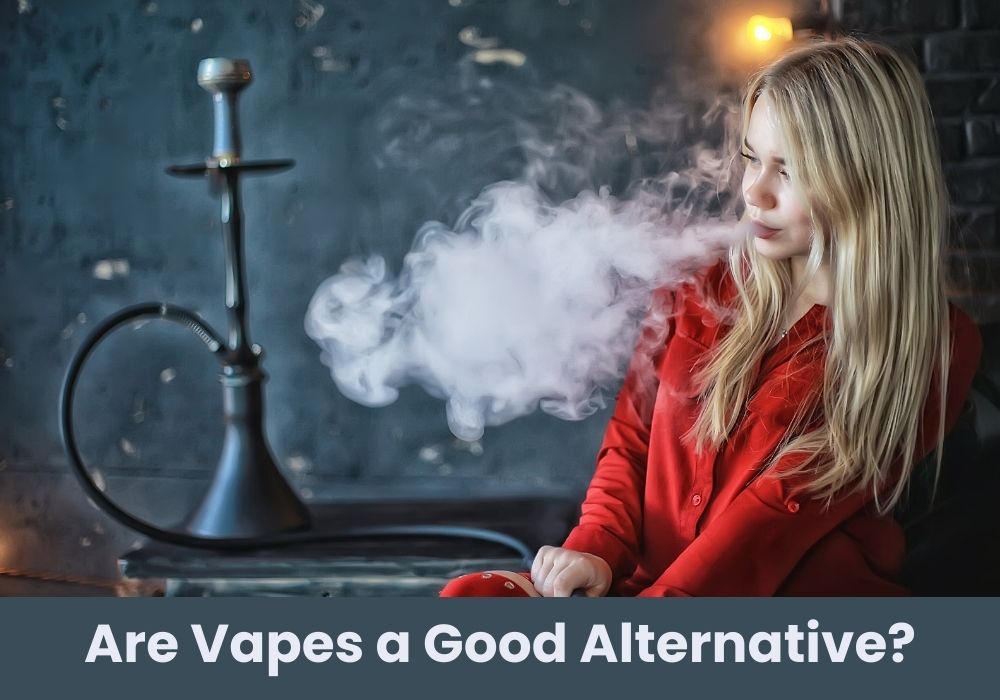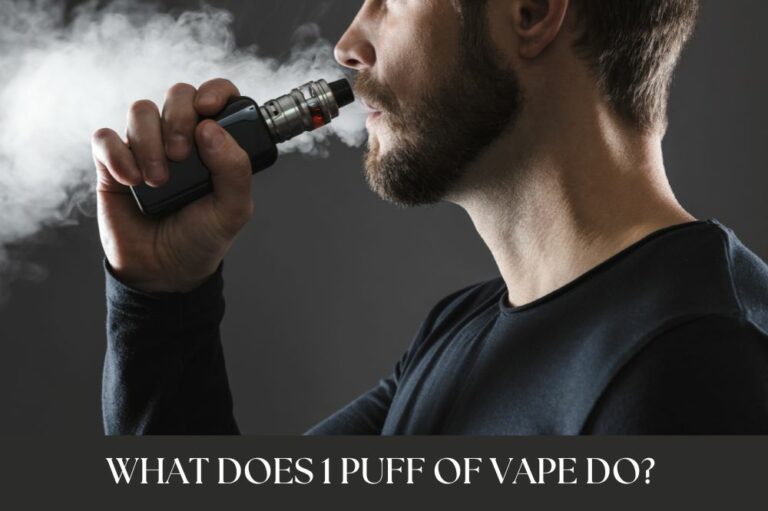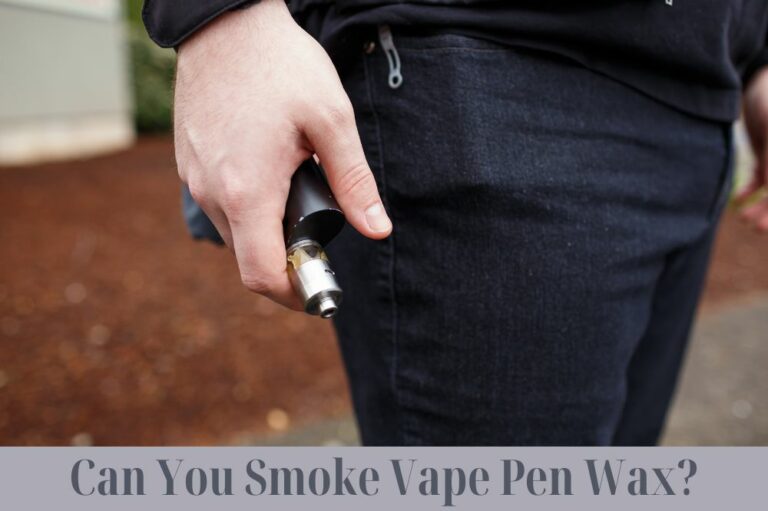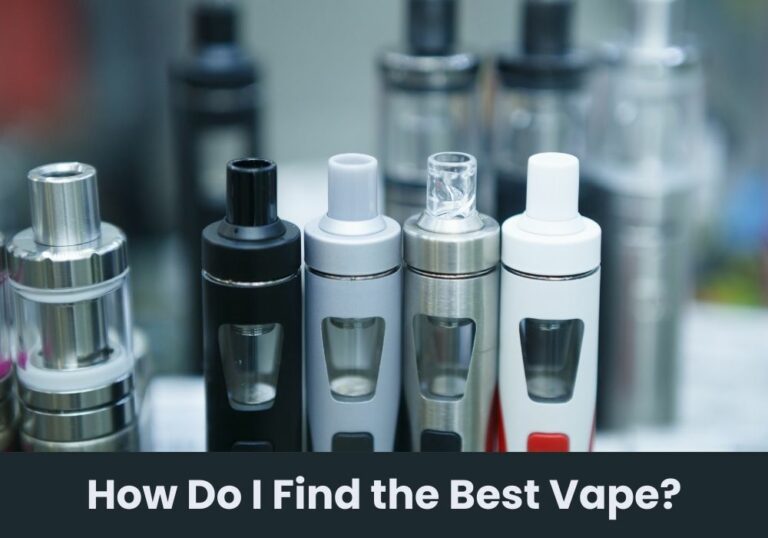
If you’re a smoker looking to quit, you may have considered vaping as a potential alternative. While vaping has been touted as a safer alternative to smoking, the truth is a bit more complicated. While vaping does eliminate many of the harmful chemicals found in traditional cigarettes, it still poses risks to your health.
One of the biggest concerns with vaping is the potential for addiction. Many e-cigarettes contain high levels of nicotine, which can be just as addictive as traditional cigarettes. Additionally, there have been reports of severe lung damage and even death linked to vaping. While these cases are relatively rare, they serve as a reminder that vaping is not without risk.
Despite these risks, some people have found success in using vaping as a tool to quit smoking. If you’re considering vaping as an alternative to smoking, it’s important to do your research and weigh the potential risks and benefits. While it may not be a perfect solution, it could be a helpful tool in your journey towards quitting smoking for good.
Understanding Vapes
What are Vapes?
Vapes, also known as e-cigarettes or electronic nicotine delivery systems (ENDS), are battery-operated devices that people use to inhale aerosol that typically contains nicotine, but not always. The aerosol is produced by heating a liquid, called e-liquid or vape juice, that usually contains propylene glycol, vegetable glycerin, flavorings, and sometimes nicotine. Vapes come in different shapes and sizes, but most consist of a mouthpiece, a battery, a heating element, and a cartridge or tank to hold the e-liquid.
How Do Vapes Work?
When you inhale from a vape, the battery powers the heating element, which heats the e-liquid and turns it into an aerosol. The aerosol then enters your lungs when you inhale. The experience of using a vape is similar to smoking a cigarette, but there are some differences. For example, vapes do not produce smoke, ash, or tar, and the aerosol they produce usually has a different smell and taste than cigarette smoke.
SPIRITBAR Katana BP10000
- Slender, leather-textured body reminiscent of a katana handle for an authentic samurai feel
- Unique samurai-inspired e-liquid flavor - fruity yet not too sweet, with a luxurious, elegant aroma
- Powerful 650mAh rechargeable battery for extended vaping time
- Large 18ml e-liquid capacity and 10,000 puff capacity
- Advanced mesh coil and e-liquid & power display screens for optimal vaping experience
The special juice captures the essence of the samurai spirit with its rich, smoothly pulsating flavor that brings new satisfaction with every puff. The device's slender, leather-textured design evokes the grip of a samurai's katana, making this product a perfect choice for beginner vapors.
Vapes are often marketed as a safer alternative to smoking, but this claim is not entirely true. While vapes do not produce many of the harmful chemicals found in cigarette smoke, they still contain nicotine, which is highly addictive and can have negative health effects. In addition, the long-term health effects of using vapes are not yet fully understood, and there is some evidence that they can cause lung damage and other health problems.
In conclusion, vapes are a popular alternative to smoking, but they are not without risks. If you are considering using a vape, it is important to understand how they work and the potential risks involved. It is also important to use vapes responsibly and to seek help if you develop a nicotine addiction.
SPIRITBAR Jack’s Flask 9000 Puffs
- Stylish pirate flask-shaped body providing an exciting vaping experience
- Delivering up to 9000 puffs per device
- 20ml e-liquid capacity with 50mg nicotine strength for satisfying throat hit
- Specialized pirate-themed e-juice flavors for rich, swirling taste
- Premium mesh coil optimizes flavor profile for maximum vaping enjoyment
This disposable vape captures the daring spirit of the high seas with its flask styling and signature pirate e-juice flavors. The extraordinary battery life provides 9000 indulgent puffs for extended vaping pleasure. Live boldly and freely with the Jack's Flask - a legendary vaping experience fit for a pirate's adventures.
The Appeal of Vaping
Vaping has become increasingly popular in recent years as an alternative to smoking cigarettes. It is also a way to try different flavors. There are several reasons why vaping is appealing, including:
Popularity Among Youth
One of the main reasons why vaping has become so popular is its appeal to youth. Vaping devices come in a variety of colors, designs, and flavors, making them attractive to younger people. Many young people also see vaping as a social activity and a way to fit in with their peers.
Perceived as Less Harmful
Another reason why vaping is appealing is the perception that it is less harmful than smoking cigarettes. While vaping does not produce tar or carbon monoxide, it still contains nicotine, which is addictive. The long-term health effects of vaping are still being studied, and it is not yet known how safe it is.
Despite the appeal of vaping, it is important to remember that it is not a safe alternative to smoking. If you are trying to quit smoking, nicotine replacement therapy is a much safer option. It is also important to avoid vaping in any form if you have never smoked before.
Health Implications
If you are considering vaping as an alternative to smoking, it is important to understand the potential health implications. While vaping has been marketed as a safer alternative to smoking, the long-term health effects of vaping are not yet fully understood.
Short-Term Effects
Vaping can have immediate effects on your body, including:
SPIRITBAR Katana BP10000
- Slender, leather-textured body reminiscent of a katana handle for an authentic samurai feel
- Unique samurai-inspired e-liquid flavor - fruity yet not too sweet, with a luxurious, elegant aroma
- Powerful 650mAh rechargeable battery for extended vaping time
- Large 18ml e-liquid capacity and 10,000 puff capacity
- Advanced mesh coil and e-liquid & power display screens for optimal vaping experience
The special juice captures the essence of the samurai spirit with its rich, smoothly pulsating flavor that brings new satisfaction with every puff. The device's slender, leather-textured design evokes the grip of a samurai's katana, making this product a perfect choice for beginner vapors.
- Nicotine addiction: Like cigarettes, vaping products contain nicotine, which is highly addictive. Nicotine can cause a surge in adrenaline, leading to increased heart rate and blood pressure, as well as mood changes and a temporary sense of relaxation.
- Irritation in the lungs: Vaping can cause irritation in the lungs, leading to coughing, wheezing, and shortness of breath. This is particularly true for people with pre-existing lung conditions, such as asthma or chronic obstructive pulmonary disease (COPD).
- Dry mouth and throat: Vaping can cause dryness in the mouth and throat, which can lead to a sore throat, dry cough, and increased thirst.
Long-Term Effects
While the long-term effects of vaping are not yet fully understood, research suggests that vaping may have negative health effects, including:
- Lung damage: Vaping can cause lung damage, including inflammation and scarring of the lung tissue. This can lead to chronic obstructive pulmonary disease (COPD) and other respiratory problems.
- Increased risk of heart disease: Vaping can increase your risk of heart disease, as it can cause damage to the blood vessels and increase your heart rate and blood pressure.
- Cancer risk: While vaping is less harmful than smoking in terms of cancer risk, vaping products still contain chemicals that can increase your risk of cancer, such as formaldehyde and acetaldehyde.
It is important to note that the long-term effects of vaping are not yet fully understood, and more research is needed to fully understand the risks associated with vaping. If you are considering vaping as an alternative to smoking, it is important to talk to your healthcare provider about the potential health risks and benefits.
Vaping vs Smoking
If you’re considering quitting smoking, you may be wondering if vaping is a good alternative. Here are some things to consider when comparing vaping to smoking.
Harmful Chemicals
Both smoking and vaping involve inhaling chemicals into your lungs. However, vaping devices don’t burn tobacco, so they don’t produce tar or carbon monoxide, two of the most harmful chemicals found in cigarette smoke. Instead, e-cigarettes heat a liquid (often containing nicotine) to create an aerosol that you inhale.
While e-cigarette aerosol doesn’t include all the contaminants in tobacco smoke, it still isn’t safe. According to the American Heart Association, e-cigarette aerosol can contain harmful chemicals like formaldehyde, heavy metals, and ultrafine particles that can be inhaled deep into the lungs.
Addiction Potential
Nicotine is highly addictive, whether it’s in cigarette smoke or e-cigarette aerosol. In fact, some e-cigarettes contain more nicotine than a pack of cigarettes. This means that if you start vaping to quit smoking, you may end up addicted to nicotine all over again.
It’s important to note that while vaping may be less harmful than smoking, it’s still not safe. If you’re considering quitting smoking, talk to your healthcare provider about the best way to do it. They can help you develop a plan that’s tailored to your needs and provide resources to help you quit for good.
Regulations and Control
When it comes to vapes, regulations and control are necessary to ensure that the products are safe for consumption. In this section, we will discuss government policies and public perception regarding vaping.
Government Policies
The government has implemented several policies to regulate vape products. The Food and Drug Administration (FDA) has been regulating the manufacturing, distribution, and marketing of vape products since 2016. The FDA requires vape manufacturers to submit their products for review before they can be sold on the market. In addition, the FDA has banned the sale of vape products to minors.
Several states and cities have also implemented their own policies to regulate vape products. For example, some states have implemented taxes on vape products, while others have banned the use of vapes in public places.
Public Perception
Public perception of vapes has been mixed. Some people view vapes as a safer alternative to traditional cigarettes, while others view them as a dangerous and addictive product.
The Centers for Disease Control and Prevention (CDC) has reported that vaping can be harmful to your health. Vape products contain chemicals that can cause lung damage and other health problems. In addition, the CDC has reported that vaping can be addictive, especially for young people.
In conclusion, regulations and control are necessary to ensure the safety of vape products. While some people view vapes as a safer alternative to traditional cigarettes, it is important to be aware of the potential health risks associated with vaping.








